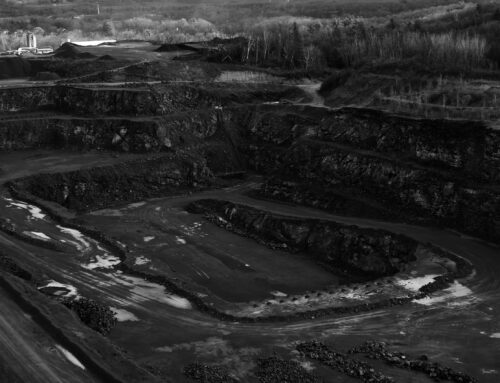The economic history of Japan is a captivating saga of resilience, innovation, and strategic adaptation. From the ashes of World War II, a nation emerged determined to rebuild and prosper. This narrative is punctuated by periods of extraordinary growth, punctuated by setbacks and challenges.
The immediate post-war era was a crucible of hardship. The industrial backbone was shattered, infrastructure lay in ruins, and a deep sense of despair permeated the nation. Yet, under the guidance of General Douglas MacArthur, a path to reconstruction was forged. Land reforms, the dissolution of the Zaibatsu, and the democratization process laid the groundwork for a new economic order.
The Korean War proved to be a fortuitous turning point. The demand for war materials provided a much-needed stimulus to the Japanese economy. This, coupled with a strategic emphasis on education and technological advancement, fostered an environment conducive to industrial growth. The nation embarked on a rapid industrialization process, focusing on sectors such as steel, shipbuilding, and textiles.
The decades that followed witnessed an economic miracle. Japan’s prowess in manufacturing, particularly in sectors like electronics and automobiles, became legendary. Companies such as Sony, Toyota, and Honda transformed the global marketplace. The concept of “just-in-time” inventory management, pioneered by Toyota, revolutionized production systems worldwide. This period was characterized by high economic growth, low unemployment, and a rising standard of living.
However, the seeds of economic instability were sown during this era of prosperity. The bubble economy of the late 1980s, fueled by speculative investments in real estate and stocks, was a house of cards waiting to collapse. The subsequent burst of this bubble led to a prolonged period of economic stagnation, often referred to as the “lost decade.” Deflation, banking crises, and a decline in consumer confidence plagued the Japanese economy.
The root causes of this economic malaise were complex and intertwined. Rigid labor markets, bureaucratic inertia, and an aging population exacerbated the situation. Yet, amidst the economic doldrums, there were signs of resilience. The nation began to embrace technological advancements, particularly in the realm of information technology and telecommunications.
As the 21st century dawned, Japan faced a new set of challenges. The need to address an aging population, declining birth rates, and a shrinking workforce became increasingly pressing. The nation embarked on a series of economic reforms aimed at boosting productivity, fostering innovation, and creating a more dynamic business environment.
Japan’s economic journey is a testament to the nation’s capacity for adaptation and renewal. While the challenges persist, there is also a growing recognition of the opportunities presented by a rapidly changing global landscape. The nation’s rich history of technological innovation, coupled with its strong emphasis on education and human capital development, positions it well to navigate the complexities of the 21st century economy.
The story of Japan’s economic resurgence is far from concluded. It is a narrative marked by both triumphs and tribulations, a tale of resilience and innovation. As the phoenix rises from the ashes, so too has Japan emerged from adversity to become a global economic force. The future holds both promise and uncertainty, but the nation’s determination to succeed remains a constant.


